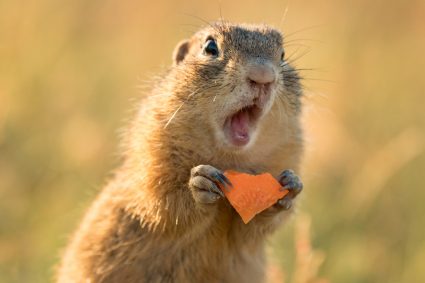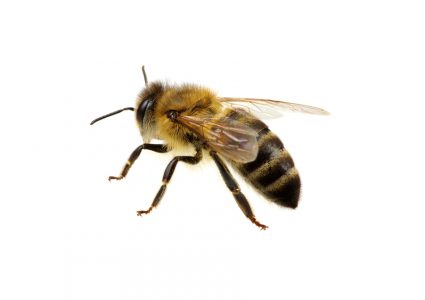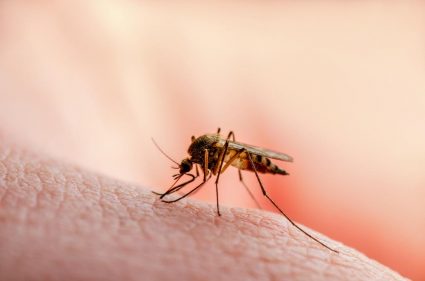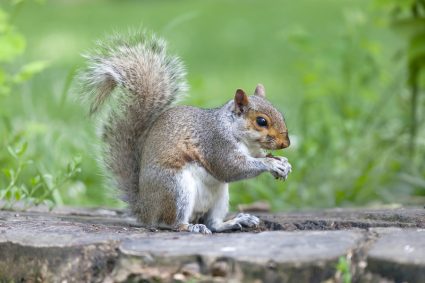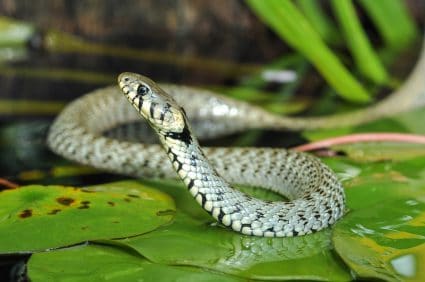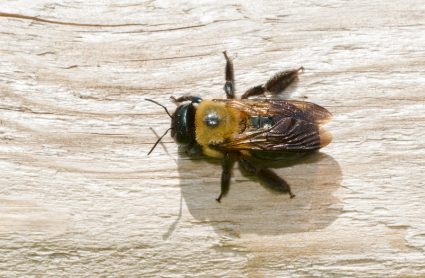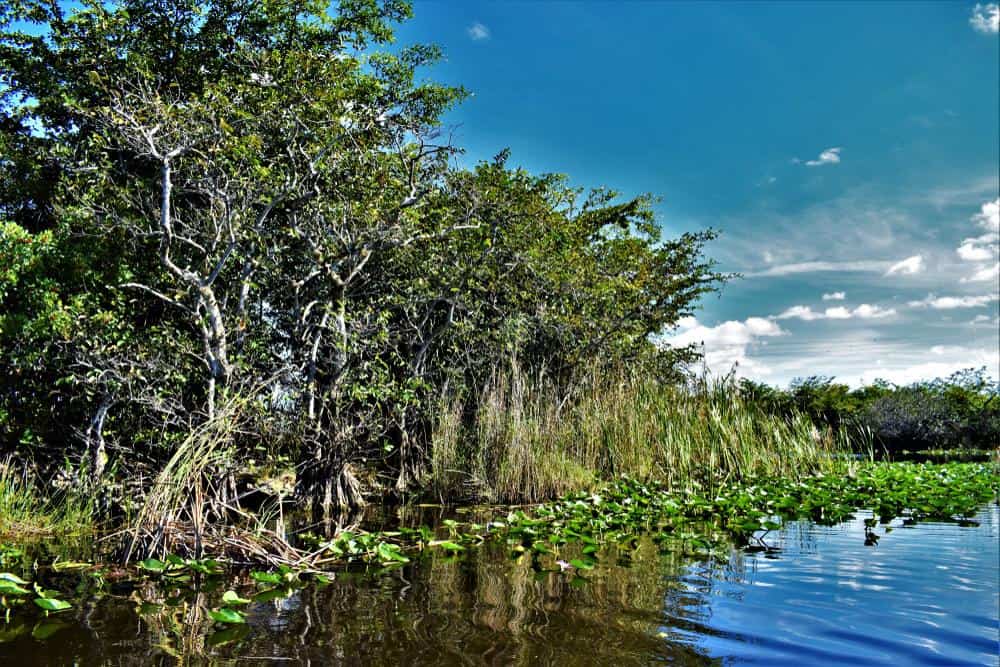
Raccoons are fascinating creatures known for their adaptability and intelligence. They are found across North America, from Canada to Panama, and have even been introduced in parts of Europe and Japan. One of the key aspects of their survival is their ability to find and create nests in a variety of environments. This article will delve into the world of raccoon nesting habits, the materials they use to create their nests, how they protect their nests, and the role of nests in their life cycle.
Raccoons typically establish their nests in a variety of locations depending on their environment. In rural areas, they often nest in hollow tree trunks, abandoned burrows, brush piles, and rocky crevices. In urban and suburban environments, they adapt to human presence and can nest in attics, crawl spaces, chimneys, sheds, and underneath porches. They may also use storm sewers, drainpipes, basements, and barns. The materials they use to build their nests can range from natural items like grasses, leaves, and twigs to human-made materials like trash and fabric remnants.
Where Do Raccoons Typically Establish Their Nests?
Raccoons are highly adaptable and can establish their nests in a variety of locations. In rural areas, they often build their dens in hollow tree trunks, abandoned burrows, brush piles, and rocky crevices. They prefer to live in woodland areas near streams, as these environments provide protection from predators and access to food and water.
In urban and suburban environments, raccoons have adapted to human presence and often nest in attics, crawl spaces, chimneys, sheds, and underneath porches. They can also be found in storm sewers, drainpipes, basements, and barns.
What Materials Do Raccoons Use to Build Their Nests?
Raccoons use a variety of materials to build their nests. These can include long grasses, hay, leaves, and twigs. In urban environments, they may also use unconventional materials like trash, debris, and fabric remnants. They are opportunistic and may take over abandoned dens, burrows, or nests made by other animals, such as groundhog burrows, fox dens, or large bird nests.
How Do Raccoons Protect Their Nests from Predators?
Raccoons protect their nests from predators using a range of strategies. They often choose denning sites that are well-camouflaged and difficult for predators to access. They display defensive body language when threatened and will physically attack predators using their sharp claws and strong bite if necessary.
How Does the Nesting Location of Raccoons Change with the Seasons?
Raccoons change their nesting locations with the seasons, adapting to different environmental conditions and food availability. During the breeding season in late winter and early spring, they make their dens in secure locations. In the northern United States and southern Canada, raccoons have a winter denning period, during which they prefer denning sites like hollow trees, stumps, and buildings.
In the summer and fall, raccoons focus on growth and fattening, increasing their home range size to find food. They may change dens frequently outside of the breeding season, taking advantage of already empty spaces.
What Role Do Raccoon Nests Play in Their Life Cycle and Survival?
Raccoon nests play a crucial role in their life cycle, survival, and reproduction. They provide a safe haven for the mother and her cubs, protecting them from predators and harsh weather conditions. The nests also offer privacy during rest and reproduction, ensuring the survival of the next generation of raccoons.
In conclusion, understanding the nesting habits of raccoons provides valuable insights into their behavior, adaptability, and survival strategies. Despite their reputation as pests, raccoons are a vital part of our ecosystem and play an important role in maintaining biodiversity. As we continue to encroach on their natural habitats, it’s crucial to respect their nesting habits and strive for peaceful coexistence.
Sources:
Source 1 Source 2 Source 3
Frequently Asked Questions
How long does it take for a raccoon to build its nest?
Raccoons are opportunistic and often take over abandoned dens or nests, which requires no time at all. However, when they do need to make their own nest, it can take a few days to gather materials and construct the nest.
Do raccoons live in the same nest all year round?
No, raccoons change their nesting locations with the seasons and food availability. They often switch dens frequently outside of the breeding season.
How many raccoons typically live in one nest?
A raccoon nest typically consists of a mother and her cubs. The father raccoon does not stay with the family and has his own den.
How can I prevent raccoons from nesting in my house or property?
To prevent raccoons from nesting in your property, make sure to seal off potential access points to your attic, basement, or crawl spaces. Keep your property clean and free of food waste, as this can attract raccoons.
What should I do if I find a raccoon nest in my property?
If you find a raccoon nest on your property, it’s best to contact a local wildlife removal or pest control service. They can safely remove the raccoons and help you take steps to prevent future nesting.

